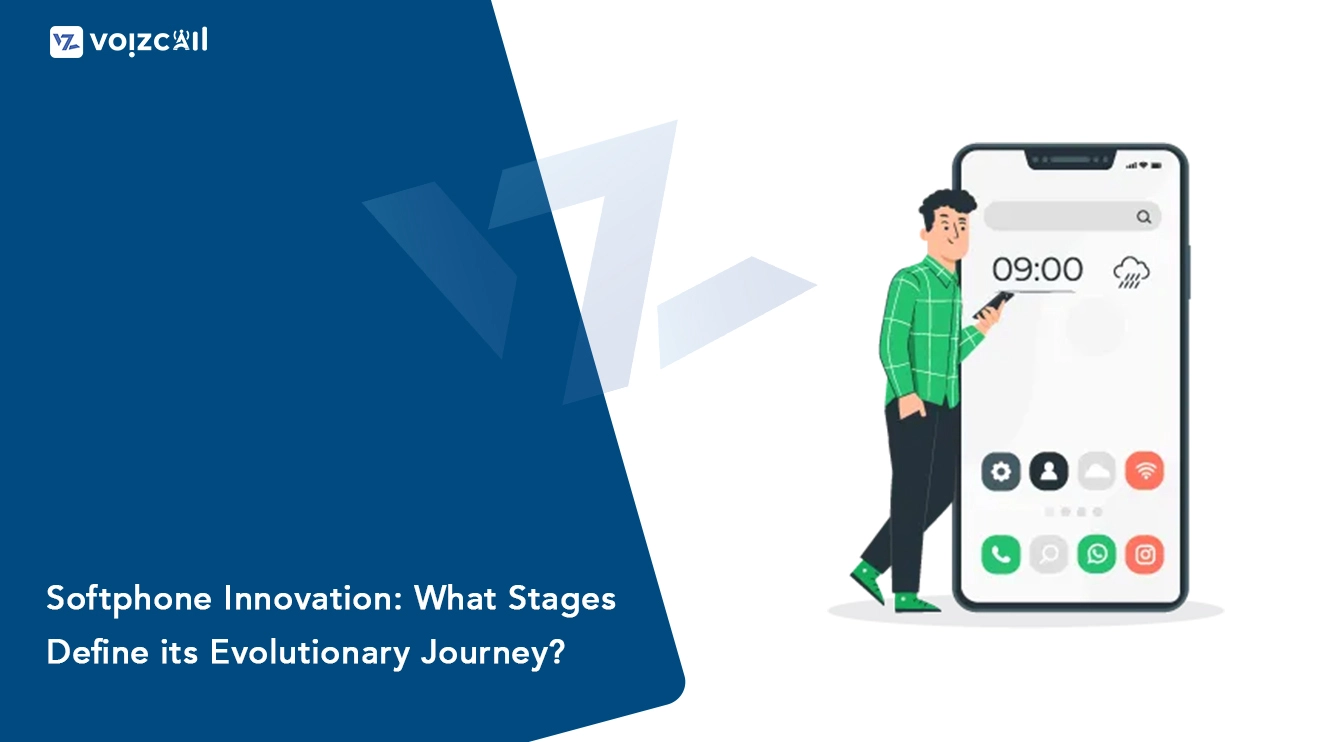


18/Jan/2024
Softphone innovation has undergone a remarkable evolutionary journey, shaping the landscape of communication technology. Understanding the stages that define its progression provides insights into the transformative power of this digital tool.
1. Emergence of VoIP Technology: The genesis of softphones coincided with the rise of Voice over Internet Protocol (VoIP) technology. This marked a revolutionary shift from traditional telephony systems, allowing voice communication over the internet. Softphones emerged as the software counterparts to physical desk phones, introducing flexibility and cost-effectiveness.
2. Integration with Unified Communications: As businesses sought comprehensive communication solutions, softphones evolved to integrate with Unified Communications (UC) platforms. This expansion included features like instant messaging, video conferencing, and presence information, consolidating various communication channels into a unified interface.
3. Mobile Softphones and Remote Work Enablement: The advent of mobile softphones further propelled innovation, enabling users to transform their smartphones into portable communication hubs. This development became instrumental in facilitating remote work, allowing employees to stay connected irrespective of their physical location.
4. Enhancement of Audio and Video Quality: Continuous advancements in softphone technology led to improvements in audio and video quality. High Definition (HD) audio and video became standard features, enriching the communication experience and fostering clearer interactions.
5. Integration with WebRTC: Web Real-Time Communication (WebRTC) integration marked a significant milestone. Softphones leveraging WebRTC technology enabled real-time communication directly through web browsers, eliminating the need for additional installations or plugins.
6. Focus on User Experience and Interface Design: In recent stages, there has been a heightened emphasis on user experience and interface design. Modern softphones prioritize user-friendly interfaces, customizable features, and intuitive designs to enhance overall usability.
7. Future Trends: Looking ahead, softphone innovation is poised for further evolution. Anticipated trends include Artificial Intelligence (AI) integration, enhanced security measures, and seamless integration with emerging technologies.
Softphone innovation continues to redefine the way we communicate, adapt to changing work environments, and embrace the possibilities of the digital era. The evolutionary journey of softphones reflects an ongoing commitment to providing efficient, accessible, and feature-rich communication solutions.